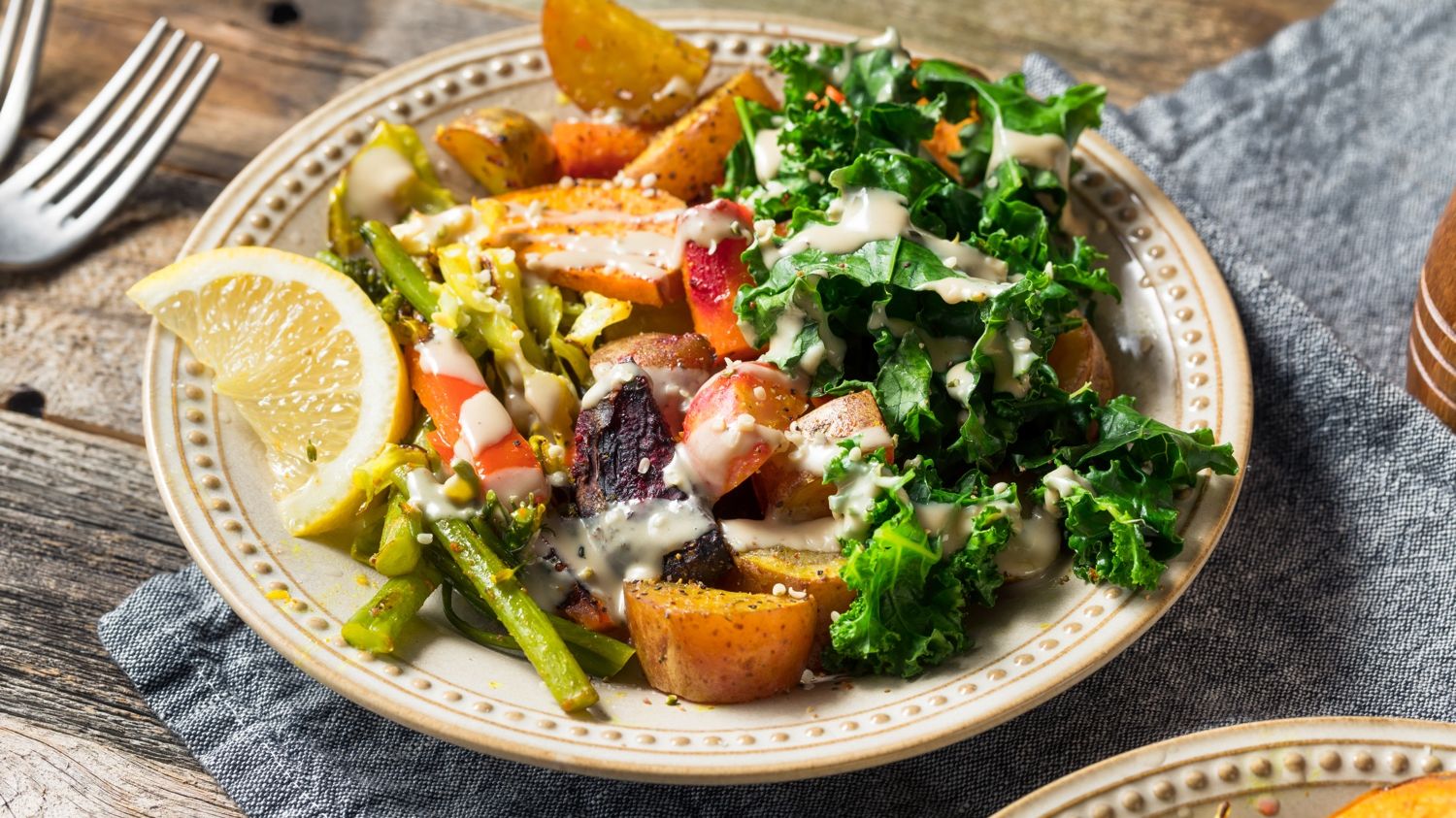
In today's post I'll be sharing some of my favorite beginner tips and resources on how to go vegan in a way that is easy, delicious and health supportive in talking about meal building, getting ideas and inspiration for recipes, how to meet nutrient needs as a vegan and more. In part 2, next week, I'll go a little more in depth into what I consider some of the internal struggles, often some of the hardest struggles, that have to do with the social aspects of being vegan and what happens around us when we decide to make this change and we start telling people that we are now vegan.
When we first take this step, it's the question marks surrounding our meals, our plate, what to cook and how to eat out, aka everything related to what and how to eat that are that first line we encounter.
This is the first place where we need to get comfortable and find a way that works for us, for our schedules,
for our budgets, for the time we have available, for our personal tastes. Let's start with building our plate as a new vegan.

What should I Eat as a New or Beginner Vegan?
Figuring out what to eat as a new vegan is something that can boggle your mind when you first start making this change. It isn't until that first meal that you realize just how many animal products were in your meals prior to making this change.
The first thing I like to tell our students is that your plate can look very different to the way it used to look
and it can also look very similar if that way of eating feels comfortable right now.
If you were used to that big piece of steak, some potatoes and a side salad, you can still make
a very similar meal and have that be vegan by swapping the animal based ingredients for plant based alternatives.
One thing I like to teach our students is that we're habituated to that way of organizing our plate because it's the way we've been doing it for so long, but our meals can also look very differently now and that's okay too.
The way I got started and that gave me such a huge array of possibilities I wasn't open to before was to think about the good old fashioned veggie bowl.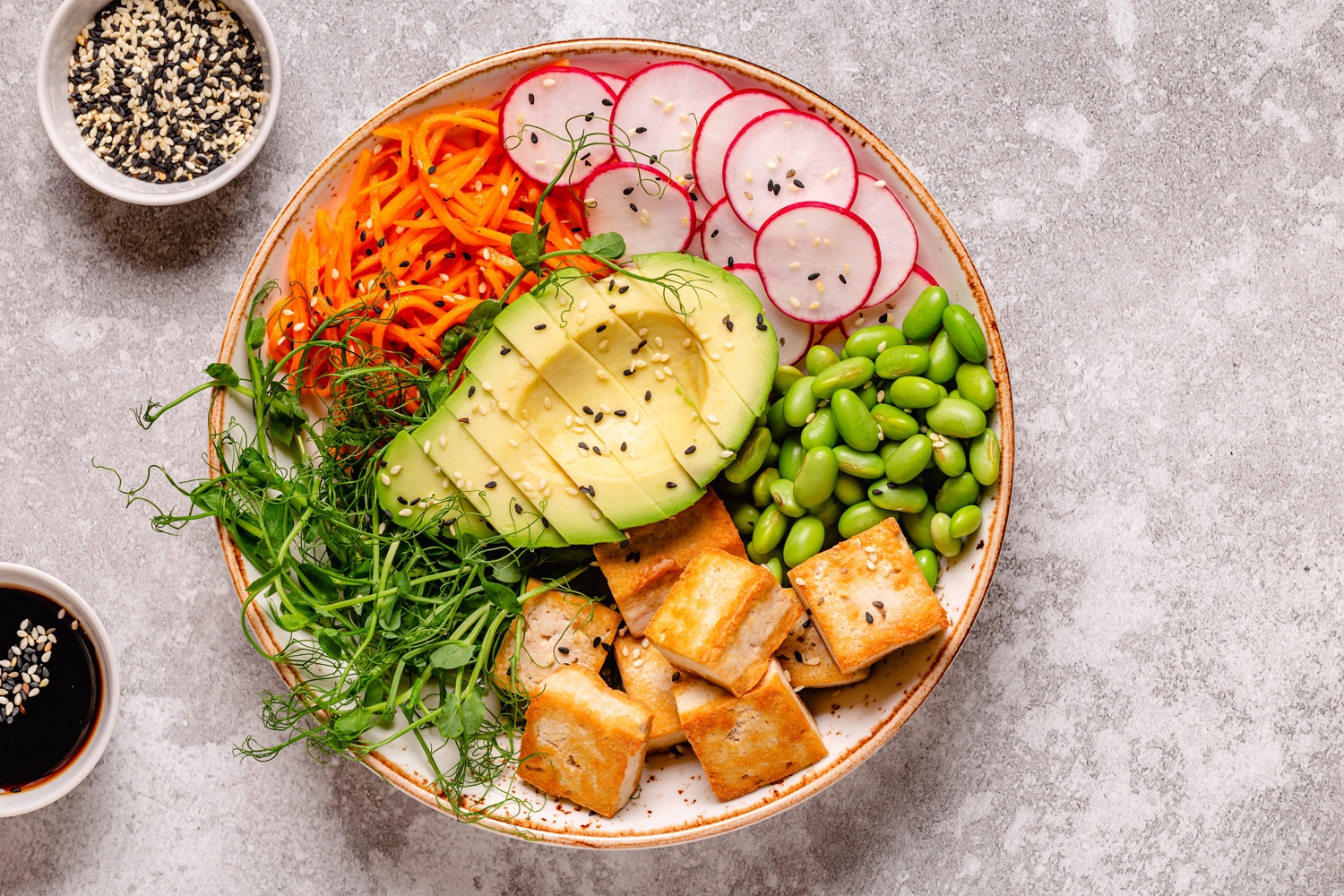
How to Build Balanced Vegan Meals: Anatomy of a Veggie Bowl
A veggie bowl is just a way of seeing the plate, in which you're going to have all of those same components
but you are sort of creating a marriage of flavors, textures and ingredients on that plate
I'm going to give you some resources when it comes to making sure you're getting all of those components
that you need nutritionally speaking, that are going to be extremely helpful for this, but when it comes to the veggie bowl what I like to think of is having:
- A protein source. This can be anything from your legumes, beans and bean stews, lentils. It can also mean tofu, tempeh or seitan. It can mean vegan meats that you enjoy.
- Your favorite grains. Think of rice, quinoa, barley, bulgur wheat, millet, etc.
- Your favorite vegetables. They can be cooked vegetables, raw vegetables, salads, pickled vegetables.
- Some kind of sauce to drizzle over everything. Think of dressings, a quick tahini and lemon sauce, pesto, or even chutneys, spreads or condiments like guacamole, salsa, etc.
- A topping. Something to make it a lot of fun like toasted nuts or seeds or anything else that's crunchy like crispy onions. Something tangy or spicy like kimchi, sauerkraut, pickled onions.
- I always love to think of adding lots of those leafy greens that can either bring about a boost of calcium (in the case of collard greens, kale and bok choy, among others), or a boost in iron (with greens like spinach).
It's a very delicious way of eating because you get to grab a few of the components in each bite, and start exploring until you find the flavors and combinations you enjoy and that are satisfying to you. If you're feeling very lost in the beginning, the veggie bowl is a great way to start.
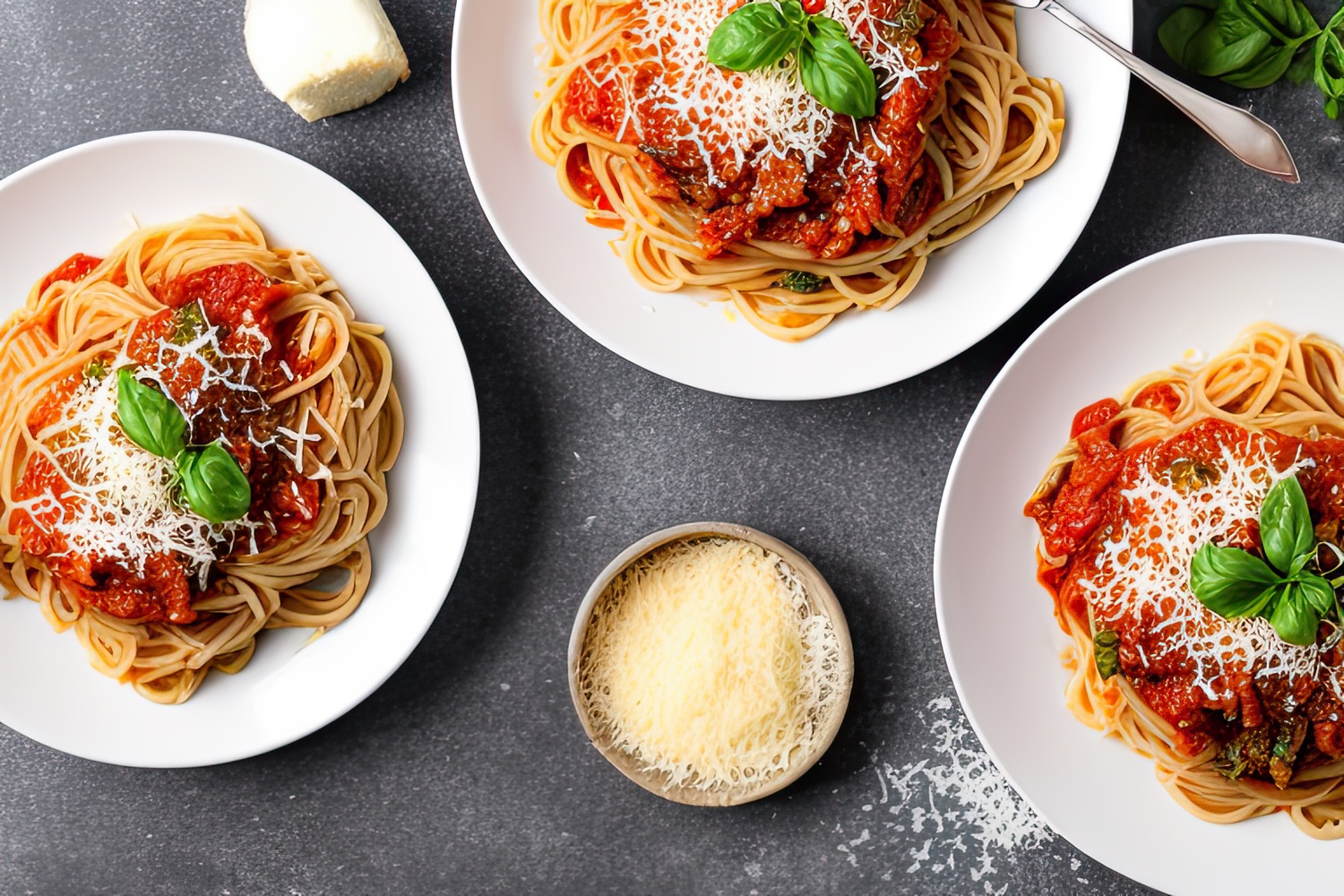
Start with the Meals you're Familiar with
Another great way to start is to think of the meals that you used to love and how you can simply swap out
the animal based components for plant based components. If you loved having burritos you can now have bean burritos and add in all of that guacamole, salsa, all of those delicious fixings. If you loved having hearty stews, making the stew with some seitan instead of meat. So many pasta dishes can be easily modified and made vegan as well. The idea is that if you're getting started, you tackle your next few meals with what feels comfortable, what feels satisfying and try to take it one step at a time.
You'll be adding to that repertoire of meals as you move forward. See where you're at and then you can start incorporating more meal ideas.
We have countless recipes and meal ideas in our online vegan cooking school My Brownble and our other courses at Brownble, in our YouTube channel, so take a few of those and see how you could pair them up, even if you don't make the exact recipe. This is going to give you lots of ideas of how to put together delicious meals.
Finding Easy Recipes as a New Vegan
Another common struggle is coming up with recipes, so the great news is: you don't have to come up with recipes because there are so many delicious ones out there. Not only ours but so many on the internet
that are so easy to access, so many options in terms of cuisines to help you find what is familiar and delicious to you.
Let's say you always enjoy a sandwich and salad for lunch. Continue making the meal that you feel comfortable with and start swapping out some of those ingredients for others and then maybe after a few days, start looking at some new recipes for different ways of making that salad, or new ideas for sandwich combinations. From there you start building up from that baseline. It's always easier to wrap your head around it if it's your baseline.
Take the Transition Slowly and at your Own Pace
One thing I always find with our students is that they want to make so many changes at once. Maybe they weren't cooking a lot of at home and suddenly they decide to go vegan and they want to make a different recipe for every single meal. They want to try everything they see on Pinterest. They want to open every single cookbook they have and make a different recipe for each night of the week. It can become overwhelming so quickly.
We sometimes need to go at this big change a little bit slower and calmly start adding on. If you want to revamp everything, it's going be harder and you might find yourself burning out halfway through or struggling unnecessarily. This is another great reason why we can start where we are, continue adding to that when we feel ready, and that happens with recipes as well as with all of the habits that we're going to be changing.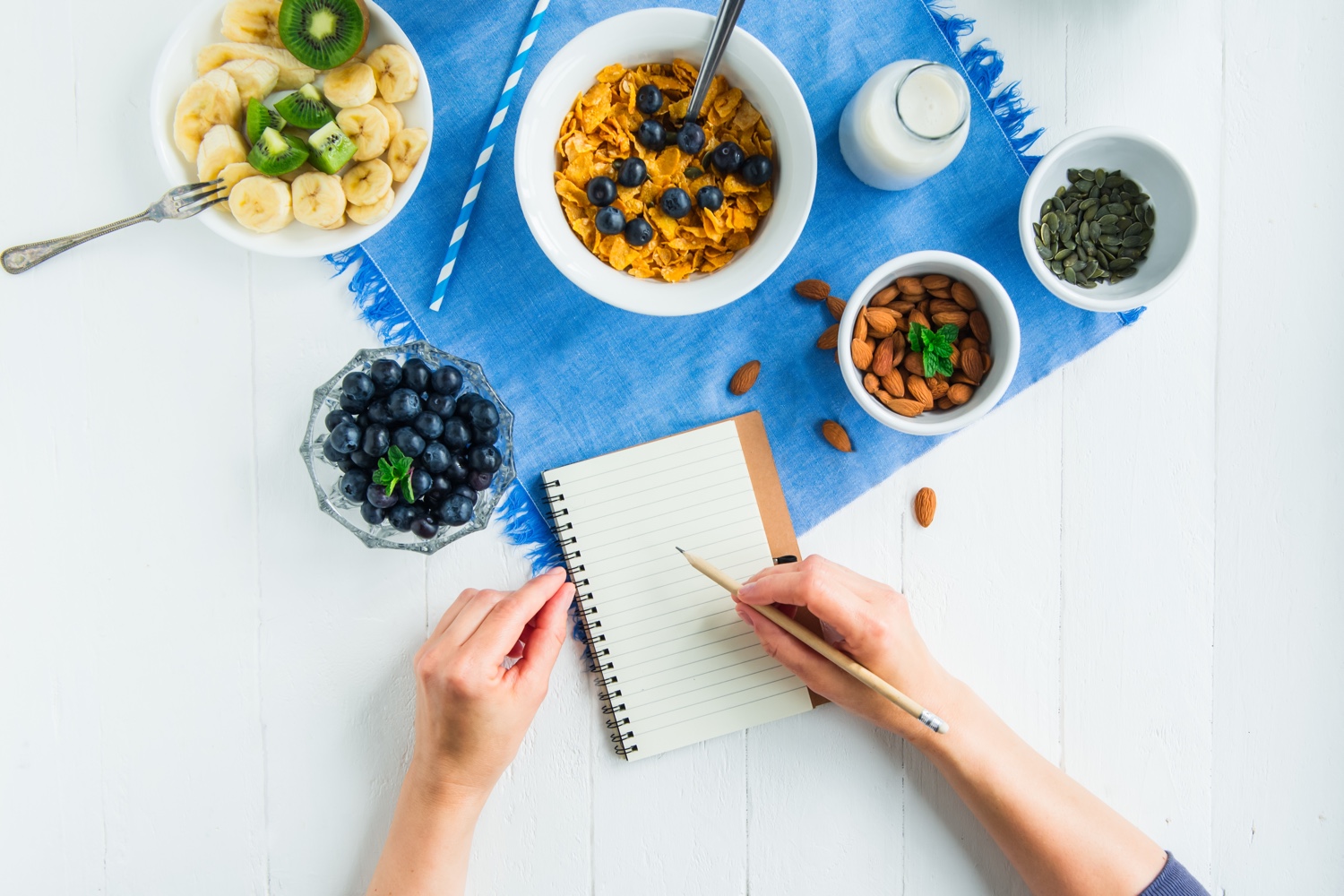
How to Build Nutritionally Balanced Meals as a Vegan, Following Evidence Based Approaches
Sometimes people decide to go vegan and find their stride right away. They feel energized, they feel comfortable and have nothing to report but positive outcomes. Sometimes people decide to go vegan and for whatever reason, they aren't feeling their best physically, they aren't having enough energy or they're feeling restricted. They might be experiencing headaches or bloating, changes in their digestion, and that might be quite scary when you first get started.
When you go vegan you're going into such a big change and are navigating all of the emotional changes that are going on, you're getting used to a new way of eating, all of the social aspects that might be
going through some changes because of this decision you've made. You've also got all of the physical aspects surrounding changing the way you're eating, and so it's quite common to start feeling things that you weren't feeling before. It's normal to wonder if it's okay, if you're doing something wrong, to have questions about supplements, to have questions about whether you're getting enough of certain nutrients or not and so for this, I have some specific resources that I want to share with you.
The most science and evidence based pros in the field of vegan nutrition, and they are there with incredible websites where you can find free information, they have fantastic newsletters, online courses, great books that I think should be recommended reading for every vegan out there (and remember you can always purchase them or get them from your local library).
Vegan Health
This is a website created by registered dietitian nutritionist Jack Norris and one of the most comprehensive nutrition resources out there. It's up to date, evidence based, and gives you everything you need to know about nutrients, supplementation (like the need to supplement vitamin B12), how to make sure you're getting enough calcium, how to build your plate to ensure your nutritional bases are being covered and more.
This is a website created by registered dietitian nutritionist Virginia Messina who also co-authored along with Jack Norris what to me is at the top of must read books for every vegan, the book Vegan for Life. Virginia Messina's website has so many blog posts on vegan nutrition, making it simple and approachable. Within Virginia´s website and within the book Vegan for Life, there is also a fantastic visual resource called the Vegan for Life Food Guide which I'll mention below. Virginia has also written other fantastic books on the vegan lifestyle and nutrition including Vegan for Her, Never too Late to Go Vegan, Protest Kitchen and more.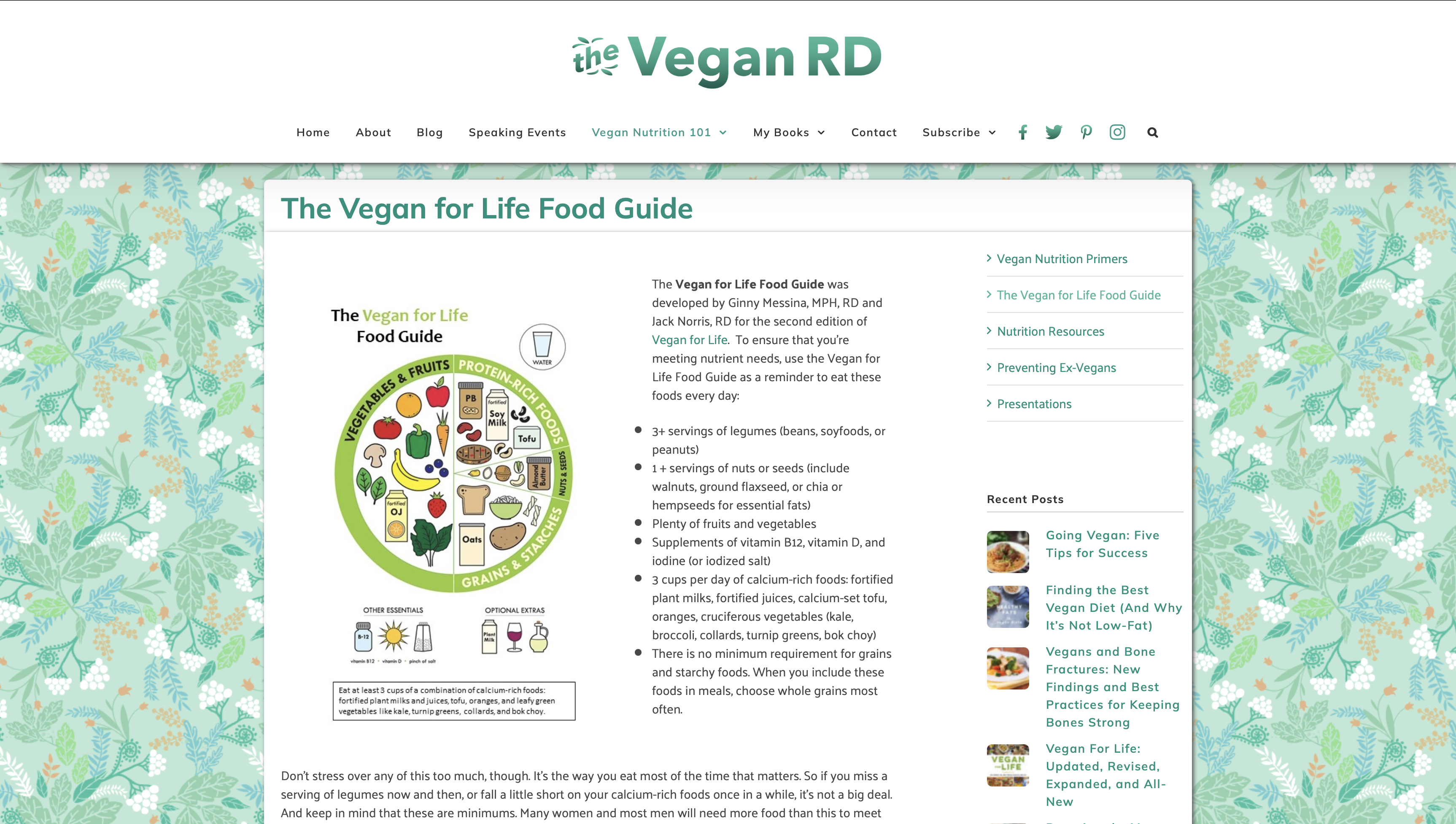
The Vegan for Life Food Guide
The vegan version of the food pyramid that comes in the shape of your actual plate, created by registered dietitian nutritionists Jack Norris and Virginia Messina. If you've ever heard me talk about The Plant Plate before, The Vegan for Life Food Guide is its latest updated version.
It will allow you to see from a bird's eye view what a vegan meal can look like when it includes all the components you'll need to meet nutrient needs. It doesn't mean all of your meals have to look like this. it doesn't mean you're going to have to meticulously measure and calculate every gram of each macronutrient. It's not about obsessing over those numbers or the perfection on your plate, but rather, about learning about some of those basic components that should be making their way into your meals as much as possible.
It's going to give you so many ideas as to how to build that plate, that meal, that veggie bowl that I mentioned earlier.
The blog post that accompanies it will also give you the groundwork from which to interpret the visual.
Taylor Wolfram
Another resource that I like to recommend, especially if you're someone who has struggled with disordered eating, are in recovery and wish to learn about vegan nutrition without restriction is the website, newsletter and online course by registered dietitian Taylor Wolfram and her nutrition practice based in Chicago. She also has an online course about vegan nutrition from a non-diet approach that can be very helpful to anyone, but especially if you've struggled with disordered eating or too much restriction in the past.
In this new era of trying to bulldoze our way through anything alone, where we try to go through these journeys and these big transitions on our own, we often forget that the road can be made a lot easier by having a professional guide us through it. If you're struggling, if you're worried at any point, if you're not feeling your best, going to a registered dietitian can be a huge help.
We're also here for you when it comes to meal ideas, recipes, lifestyle aspects and community.
When you feel a Vegan Diet or Going Vegan is Harder
The reason why the previous, let's say meat centered diet or standard diet felt so easy and so doable is simply because we had made it habitual. We have probably grown up most of our lives eating in that way
and so it became second nature.
What we're doing now is we're going through the process of learning a different way, and that's going to take a bit of a learning curve. It's going to take some time and then eventually it's going to feel exactly like it felt before with the diet that you were used to. I don't even have to think about building my meals, it's just second nature now after so many years, but it wasn't in the beginning.
In the beginning I really had to think about it and wrap my head around it, and I would sometimes reach dinner time unsure of what I was going to make because it took a little bit of that extra effort.
It's not that it's harder, or that it's more difficult to put components together, or that it's more time consuming,
there are so many ways to get over each of those hurdles if you encounter them. It's really about habituation.
It can also feel harder when adding other restrictions on top of the inherent restriction present within a vegan diet, which is why professionals like the ones stated above can help you find a balanced approach to veganism that feels much more manageable and is also health supportive.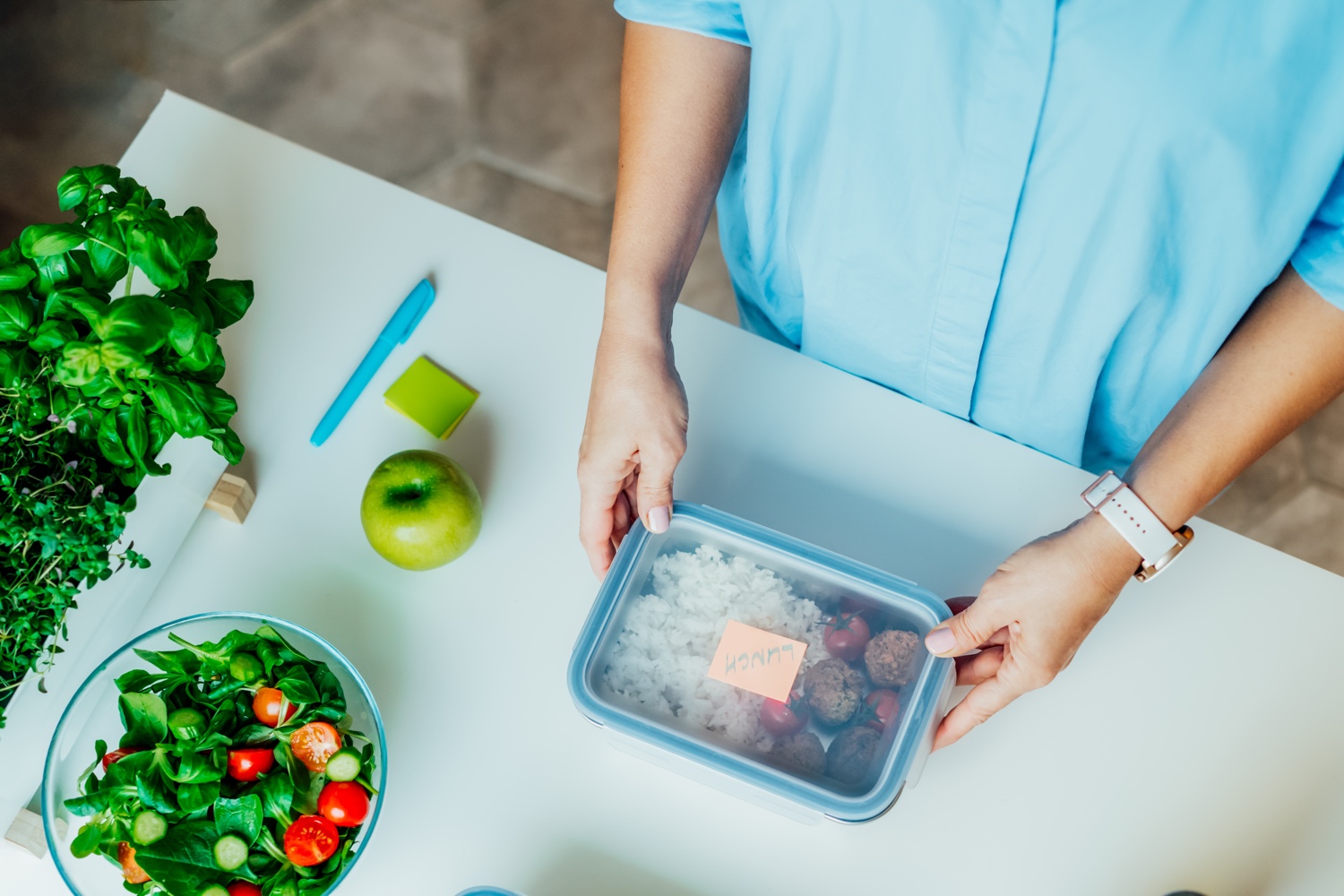
Batch Prepping or Batch Cooking as a Vegan
One of the main suggestions I have while this process becomes more familiar and second nature is to do a some batch prepping or batch cooking.
This is something I teach so much to our students in our online program because it is a lifesaver when building your weekly meals. It's not about perfectly planning, measuring out and preparing all of your meals for the week ahead of time (although that's an option if that's what you feel comfortable with), but it's about the simple act of assembling or preparing some components when you come back from the store.
Once a week you head into your kitchen and maybe you'll cook a pot of beans or lentils, some grains that you enjoy, you might roast a big tray of vegetables and have those ready to go. You might make a big batch of a salad dressing you love for the week, you might make a pasta sauce so that all you have to think about
when you come home from work is cook up a big pot of pasta and toss the two together.
This is a habit that can become really special when you make it fun, so put on a fun podcast, a movie in the background and cook or prep what feels comfortable for you. It's not about spending your entire day doing this, but by just making one or two things you'll find it so helpful throughout the week and you're going to see
An alternative method if you don't have this time or you don't want to invest this time on one day, is to make extra each time you cook something. Whatever it is you're making, double or triple the recipe to have extra servings which you can store for the week ahead or freeze for later use.
Soon you'll have all of these different components to pick and choose from.
Because veggie bowls were so important for me when I first went vegan, and it was my way to start understanding the components of vegan and vegetarian cooking, I loved having different components ready in my fridge and each day I would mix and match and have a combination of those that was slightly different and it started building up in terms of the variety of meals I was assembling.
Batch cooking, or its simpler sister batch prepping, can be:
- The simple arranging or chopping of some vegetables.
- Washing and drying your salad greens and having them ready to go.
- Making a big pot of soup or stew.
- Roasting whole potatoes to top with different fillings throughout the week.
- Arranging fruits and veggies, cutting them up, putting them in baggies or containers
so that they're easy to grab. - Making a dip you love.
- Making a batch of hummus
- Cooking a pot of grains and/or beans if you enjoy cooking them from scratch (and remember canned beans are a great option if you're pressed for time).
Mix and Match Home Cooked Vegan Meals and Components with Store-Bought and Some Convenience Foods
Do not think that because you've decided to go vegan you have to cook everything yourself. I love cooking things from scratch and that's what I teach you and that's hugely important, but don't be afraid to use little helpers and by that I mean getting some store bought items that are going to make life easier.
Convenience foods can go hand in hand with all of those delicious home cooked meals and components that you're going to be making and they save so much time and make the job easier.
I'm a professional vegan cook and I use some of these in my day to day cooking because they really help out. I also recommend getting lots of freezer friendly components into your freezer. That can even mean
frozen fruits and frozen vegetables. We think that it's not going to be the same as fresh vegetables
and of course you can't freeze something like lettuce greens, but many vegetables are going to turn out just fine and they're going to be there for you on that day when you're between shopping trips and you really need to put something together. 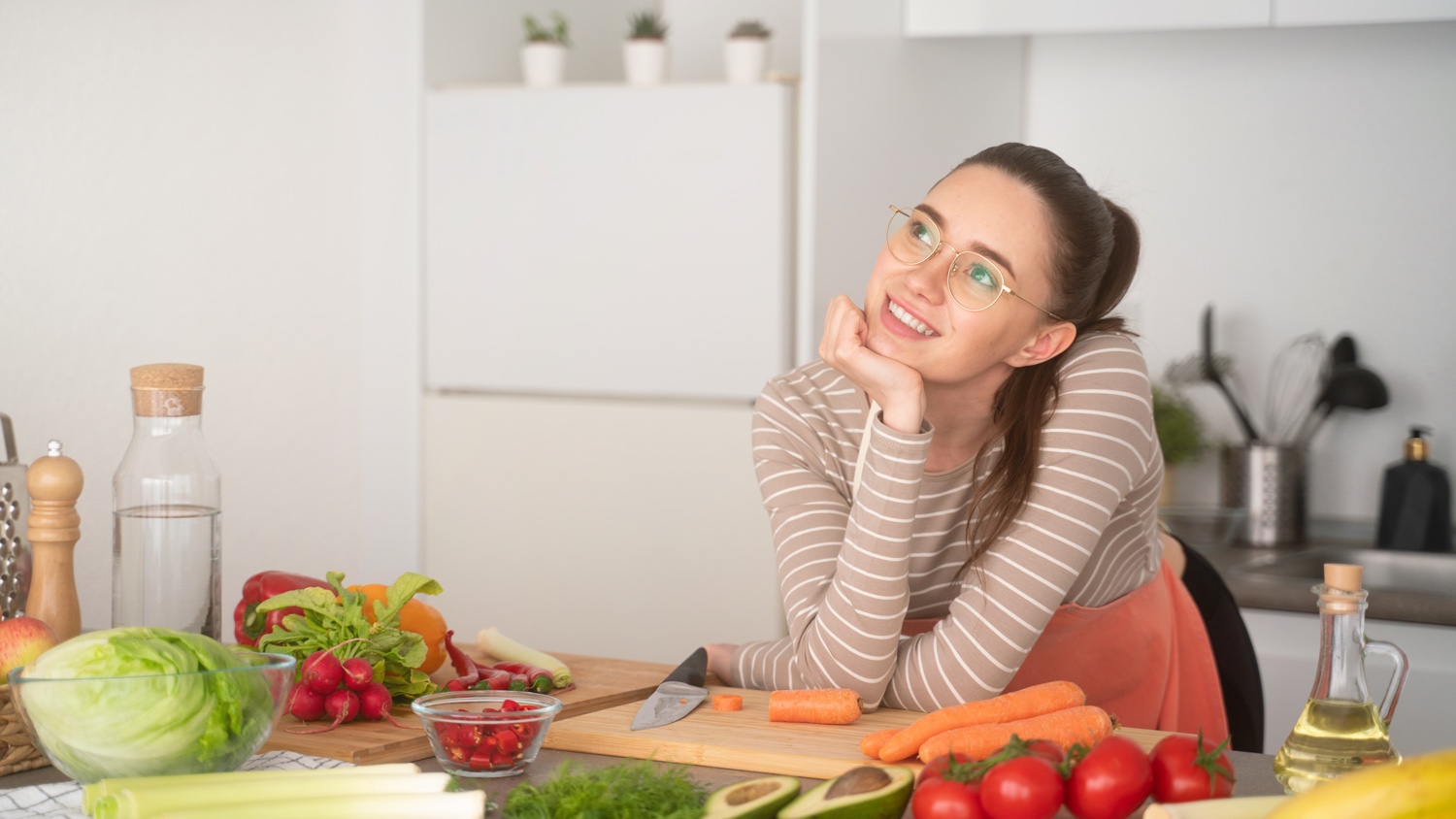
How to Get Ideas for Meals as a New Vegan
Cookbooks help, recipes you've saved up help, but how often do those books get opened or those recipes tried? You really need to put these ideas that have worked in front of you and have them handy for when you're not sure what to make. It's going to save you so much time and give you tons of inspiration.
If you are a member of our vegan online cooking school My Brownble you can easily star the recipes or meal ideas
that you've enjoyed, that have been satisfying to you, and you can quickly find those that way, but if you're
not a member or you have recipes from other places that you want to include more in your repertoire
one of the things I highly recommend is keeping a list of meal ideas. Not only of recipes you want to try
and you haven't tried yet (that can go somewhere else), but of meals that are now habitual, familiar and satisfying to you. Meals or recipes where just by thinking about it you can almost picture the process, the ingredients you're going to need and be able to tackle that with ease.
Ways of keeping that list are having an actual old school binder in your kitchen, a list in your kitchen, you can stick a list on your fridge after you go shopping to remember some of the meals you thought about
when you went shopping and that you bought ingredients for.
Keep the list in the notes on our phone with meal ideas or even include photos or screenshots of ingredients (for example the ratios of a favorite salad dressing you make often).
You can also organize the photos on your phone in folders or albums and have one for meal ideas. Sometimes that can include a quick screenshot of something that you see on instagram that looks interesting, a quick recipe that you tried that you want to make with precise amounts, or sometimes it can be a meal that you assembled together and loved and don't want to forget about. Take a photo of that meal and keep it in that folder or album on your phone as a reminder.
Another Common Struggle for New Vegans: Dealing with Cravings for Non-Vegan Foods
When we're making this change it can be common to have cravings for old familiar foods, for textures, for flavors, for moments with those foods. Take them as an important sign to help you along the way rather than fearing them. Make sure that the foods you're incorporating, that the recipes you're making and what's getting onto your plate is satisfying.
The nutritional aspects are important, like making sure that you're eating plenty of those calcium rich greens, that you're getting enough sources of protein, but if your meals aren't feeling satisfying, if you're craving something meaty and you're not getting that heartiness fulfilled, of course you're going to have cravings.
The first thing that I always see in students that are struggling with frequent cravings is that they have added a lot of rigidity in the way they're building their meals. Remember that it's important that you pay attention to satisfaction, and it's important that that plays a part in how you build your meals as well.
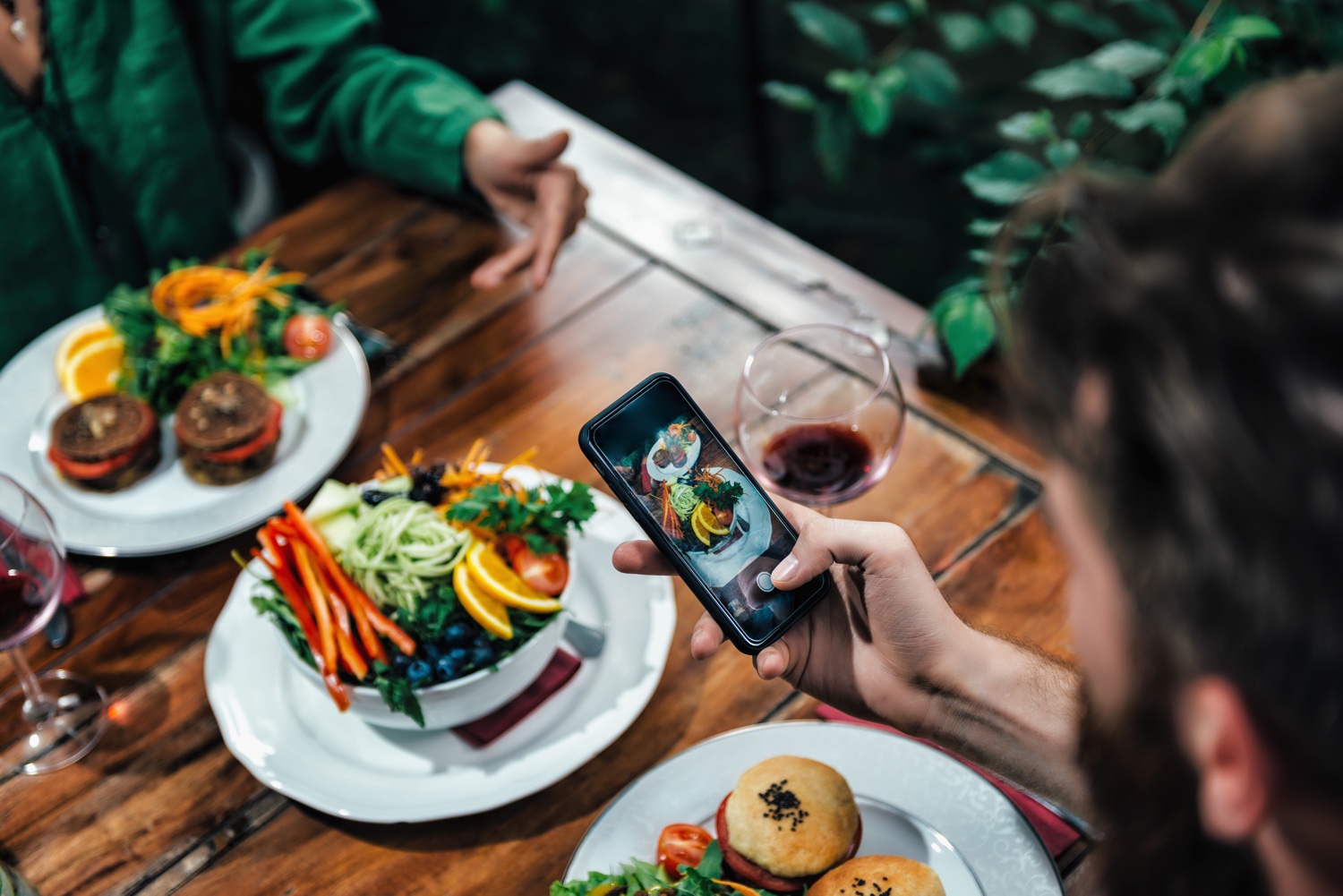
Another Common Vegan Challenge: Eating out as a New Vegan and Finding Vegan Options at Restaurants
My number one tip is to go to happycow.net, a website that will tell you what vegan, vegan friendly, vegetarian restaurants or places with vegan options (including stores that sell vegan products) are around your area or in a place you're traveling, nearby cities or towns etc.
It can be so helpful to find some of those restaurants and if you don't have a fully vegan restaurant in your area, perhaps you'll find restaurants that have a vegan menu or lots of options that are vegan or can be easily made vegan.
If you live in a very small town with a meat centric way of eating that doesn't have a lot of these options, Happy Cow is going to help you find some in nearby areas.
It can also be helpful to look at the menus of the places you already visit and enjoy, or some of the places you walk by that you'd initially think have no vegan options. We don't really notice the vegan options until we need to find them, it can be so helpful to start looking at some of those menus and see where you can put a meal together or ask for simple substitutions which most restaurants will be happy to do.
Start looking at those menus the way you're looking at your meals now, you're trying to figure out how to substitute some of those components, how to put some of those meals together and you can do that at restaurants too.
If you're in one of these areas where there are no vegetarian or vegan restaurants around, look for the types of cuisines that are more international cuisines. Think of exploring Chinese restaurants. Japanese restaurants, Mexican restaurants, Middle Eastern restaurants, Indian restaurants, etc. They have so many vegan by default options and you can do a little bit of research of some of those dishes that you might not have heard of before or might not have tried before in cuisines that you're not familiar with and find the ones that are vegan and that are everywhere.
Remember that if you need more support and in depth resources we have a full online course called The Roadmap to help guide you in taking this leap and going vegan with support, with all of the tools to help you succeed.
Come join us next week when we tackle what in my opinion are some of the deeper struggles that we go through when we first go vegan. They have to do with the people around us, the social aspects of being vegan, and navigating relationships with non vegan partners, friends and family.
🧑🍳
You might also like...
Our Online Cooking School and Courses
Don't miss our weekly goodies!
Our best FREE content straight to your inbox



